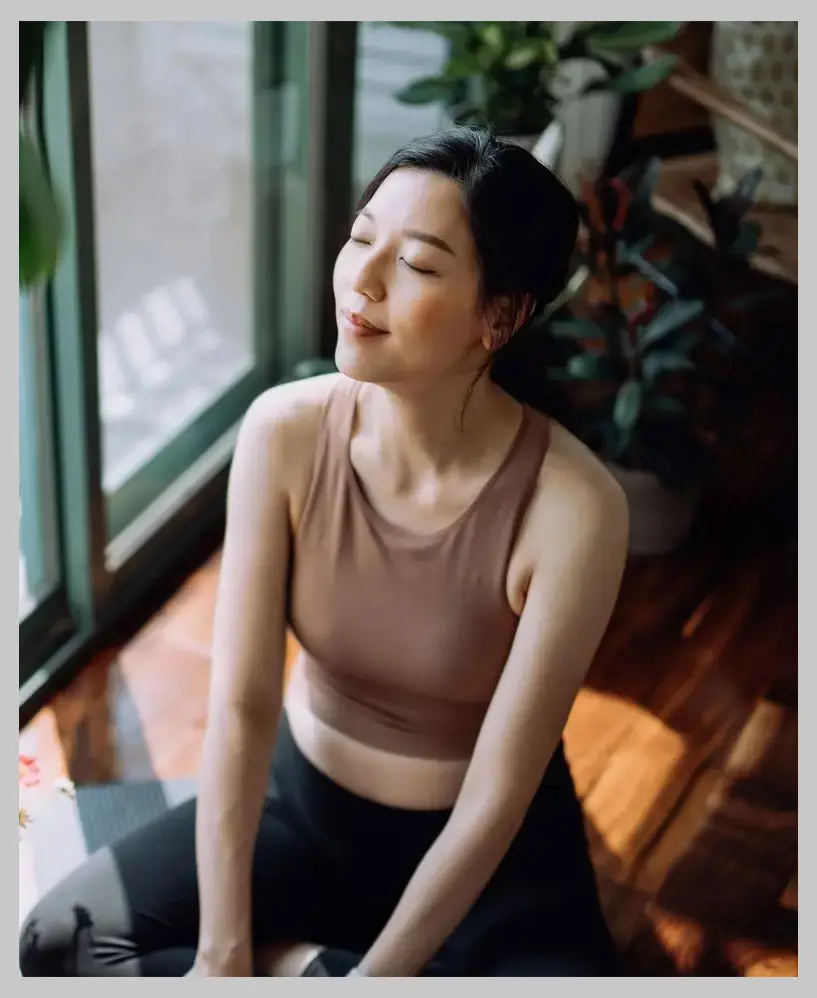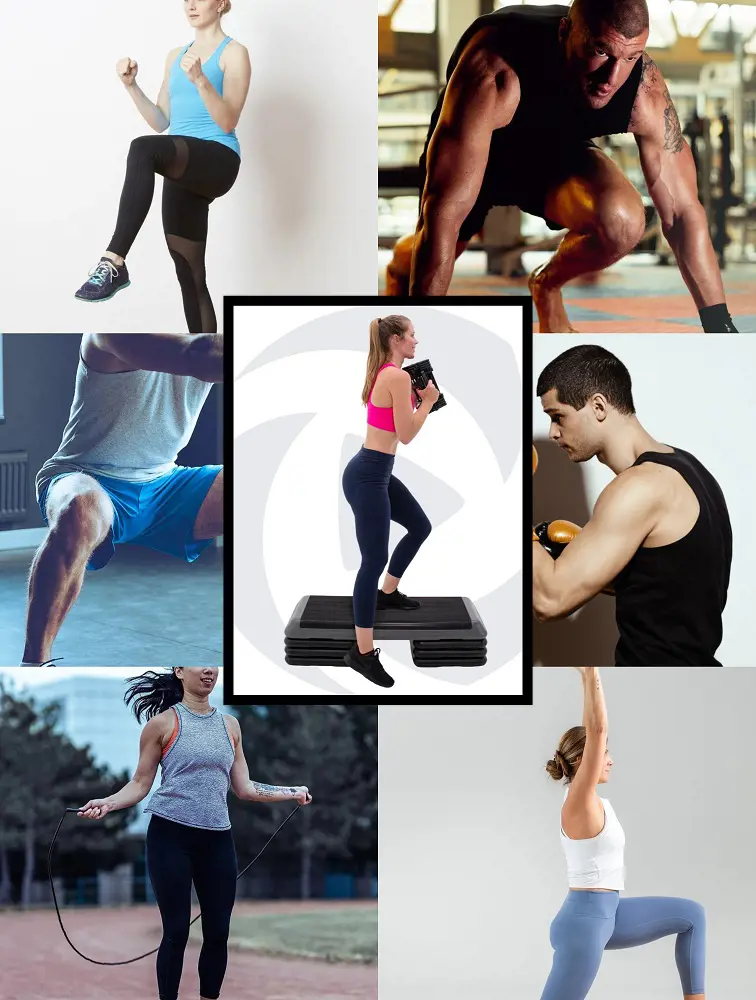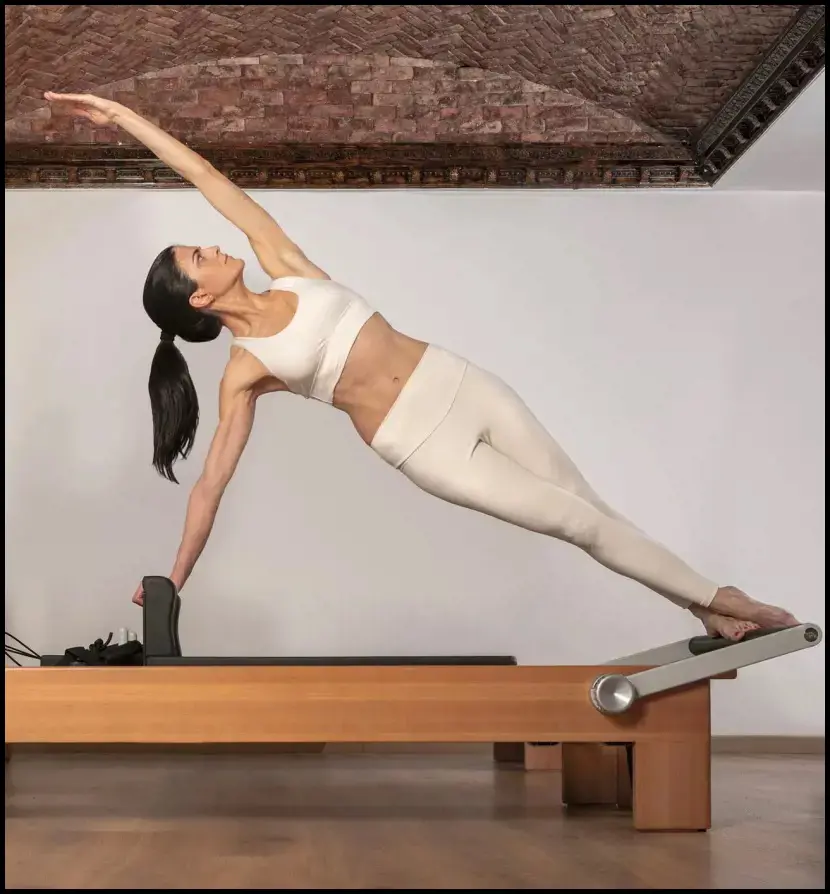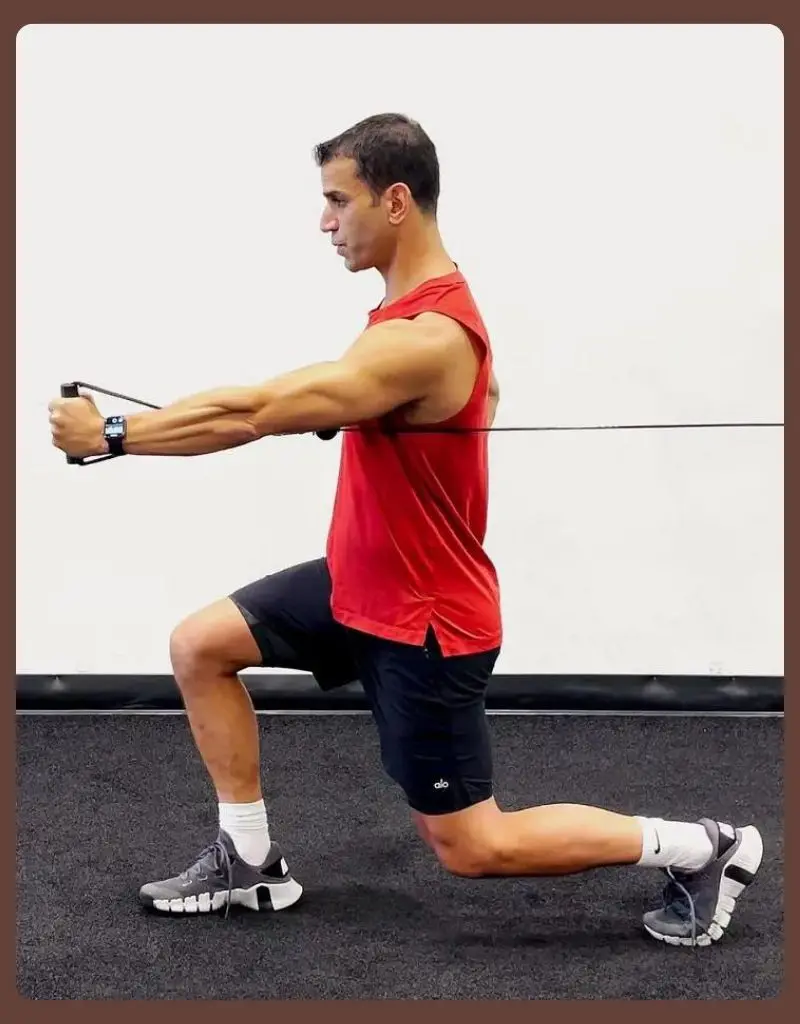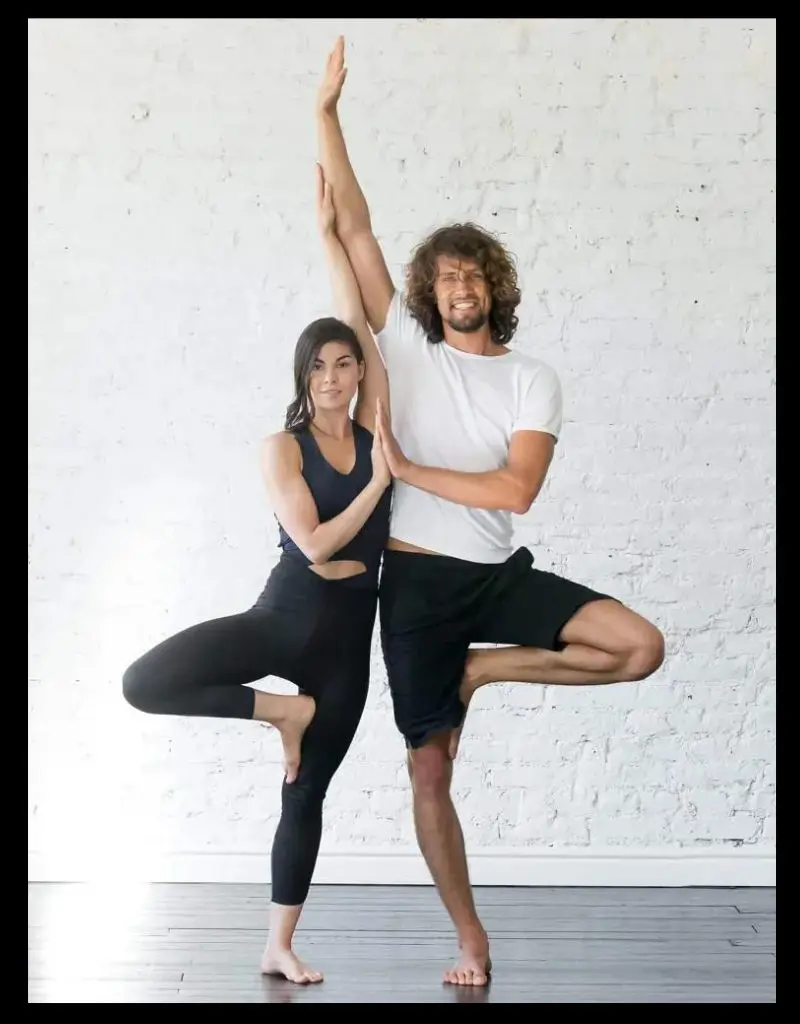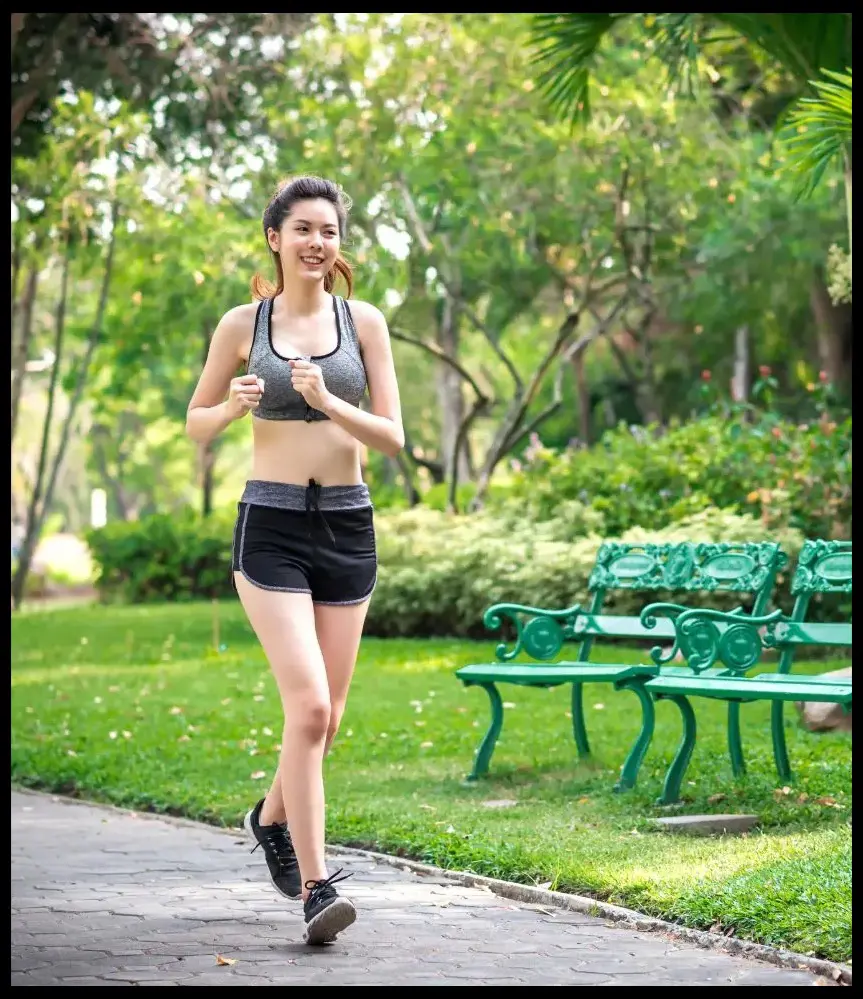Breathing techniques have been recognized as effective tools to alleviate anxiety and promote relaxation since ages. With fast-paced nature of modern life, it is important to discover methods that help us maintain a sense of calm.
Let us explore 13 different types of breathing techniques that have been proven to relieve anxiety. This comprehensive guide will equip you with an array of strategies to ease your mind and find serenity.
1. Deep Breathing
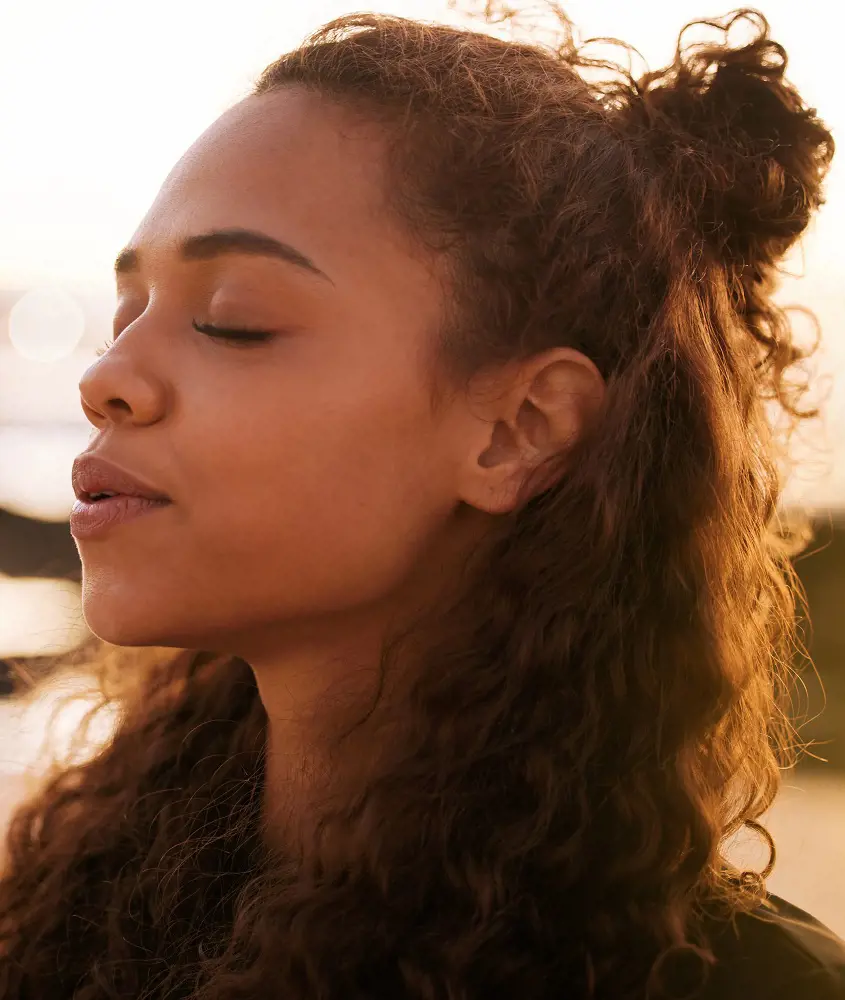
Deep breathing is a technique that involves taking slow, deep breaths from the diaphragm and is a great breathing technique to relieve anxiety because it activates the body's relaxation response and helps calm the mind. When we are anxious, our breathing becomes shallow and rapid, which increases feelings of stress and tension, and deep breathing counteracts this.
To practice deep breathing, one should sit or lie down in a comfortable position, place one hand on the abdomen, inhale deeply through the nose, feel the belly rise, and exhale slowly through the mouth, allowing the body to relax.
2. Diaphragmatic or Abdominal Breathing
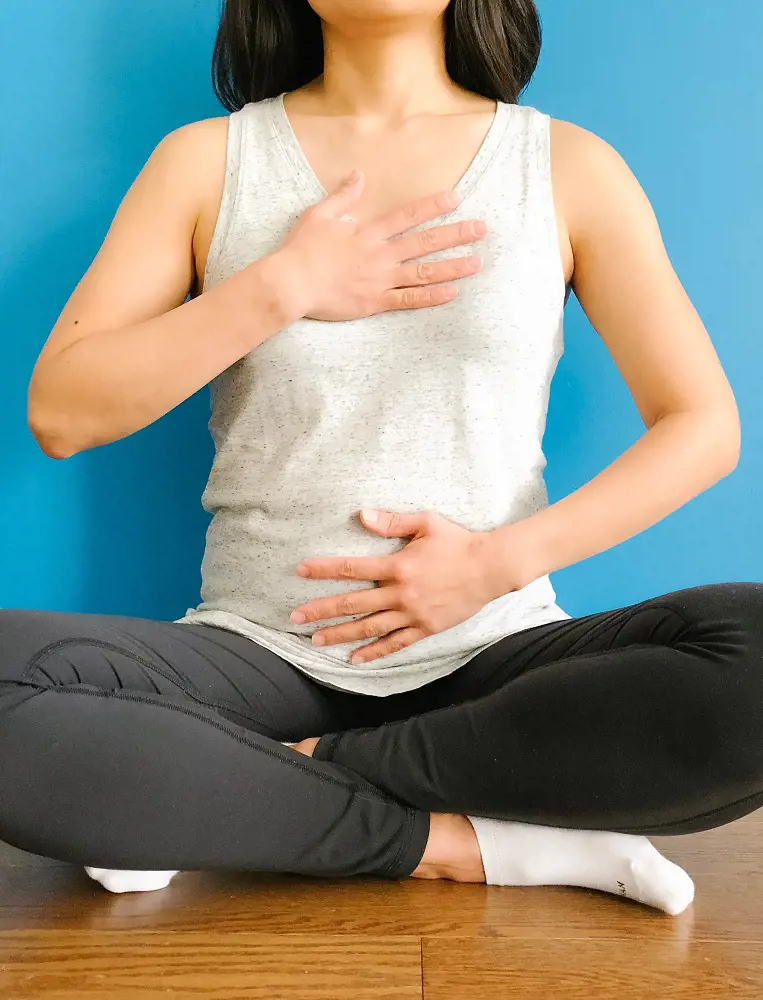
Abdominal breathing is one of the best breathing techniques and involves fully engaging the diaphragm muscle which is located between the chest and the abdomen. In this technique, diaphragm contracts and moves downward, allowing the lungs to expand fully and air to flow deeply into the lower part of the lungs.
This breathing type activates body's relaxation response, promoting a sense of calmness and reducing stress while also increasing oxygen intake. It also improves the efficiency of gas exchange in the lungs that results in better overall respiratory function.
3. Box Breathing (4-4-4-4)
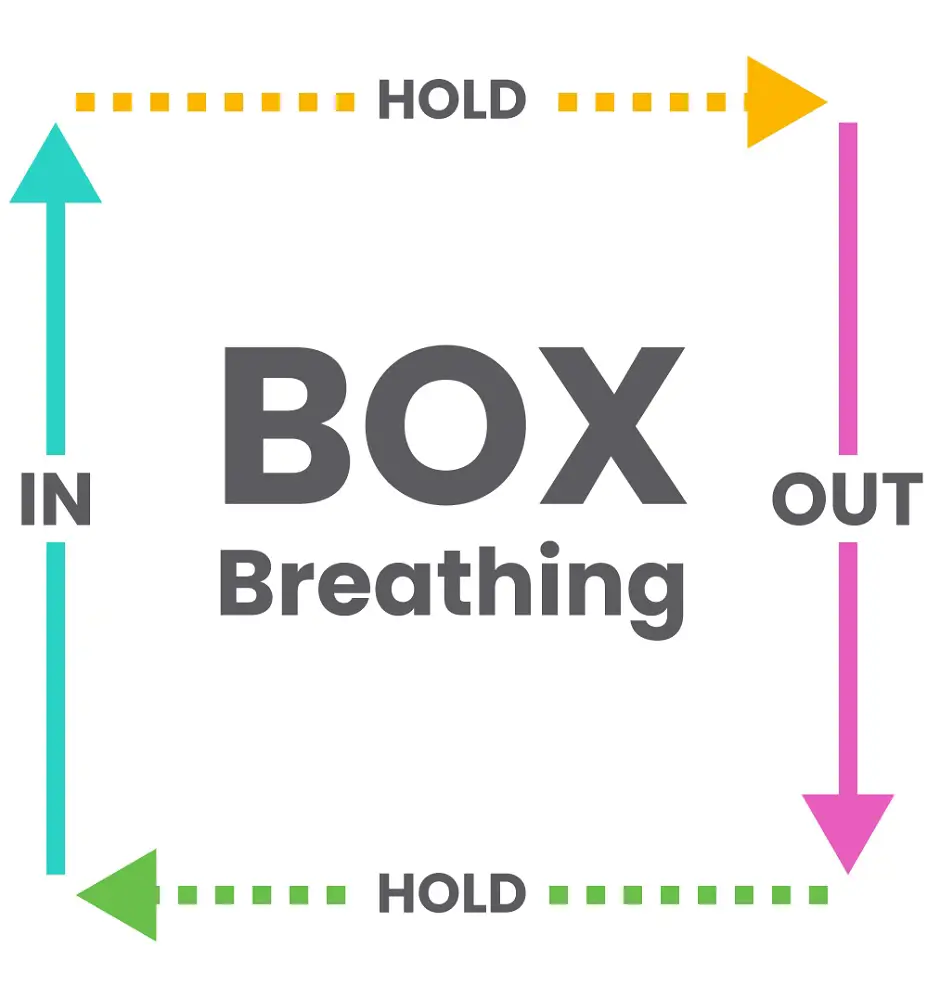
Box breathing is a powerful breathing technique for stress reduction due to its simplicity and effectiveness as it involves inhaling, holding the breath, exhaling, and holding again, each for a count of four. This balanced breathing pattern helps activate the body's relaxation response.
To practice box breathing, find a comfortable position, focus on your breath, then inhale deeply through the nose for a count of four, hold the breath for four counts, exhale through the mouth for four counts, and hold again for four counts.
4. 4-7-8 Breathing
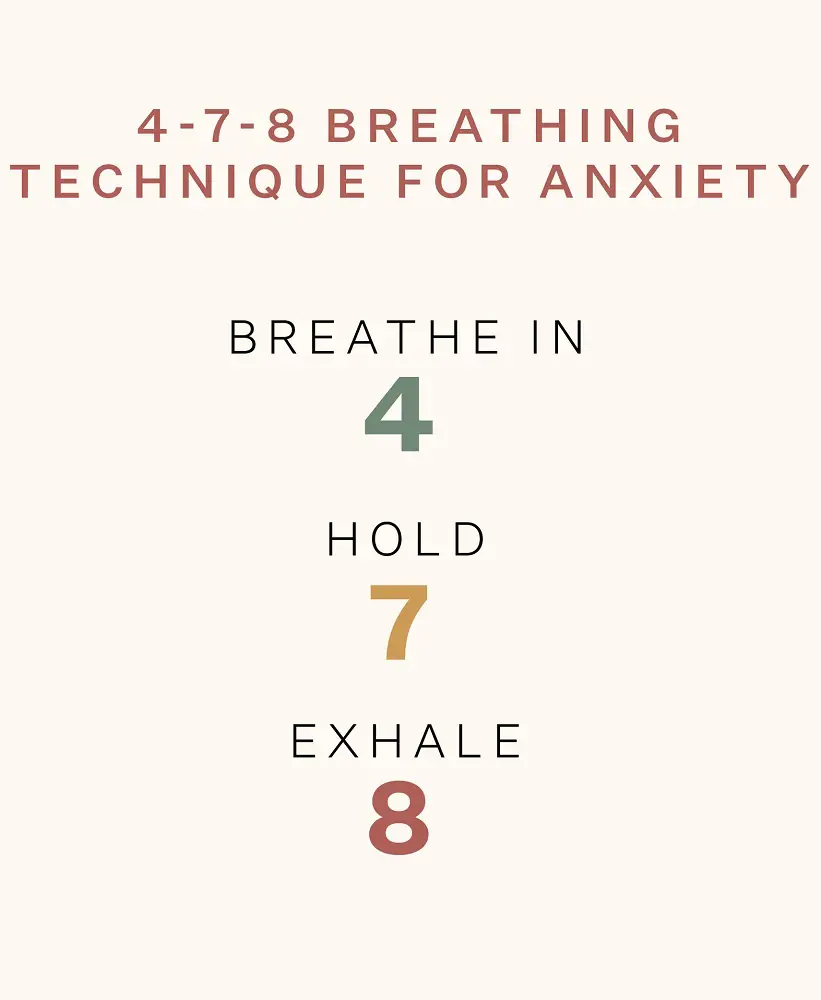
This is a powerful calming breathing technique that helps mind and body by inhaling deeply through nose for a count of 4, holding your breath for count of 7, and exhaling slowly through the mouth for a count of 8.
This technique works by activating the body's relaxation response, triggering the parasympathetic nervous system and reducing the stress hormone cortisol. This technique helps to release tension and promote a sense of calmness.
5. Alternate Nostril Breathing
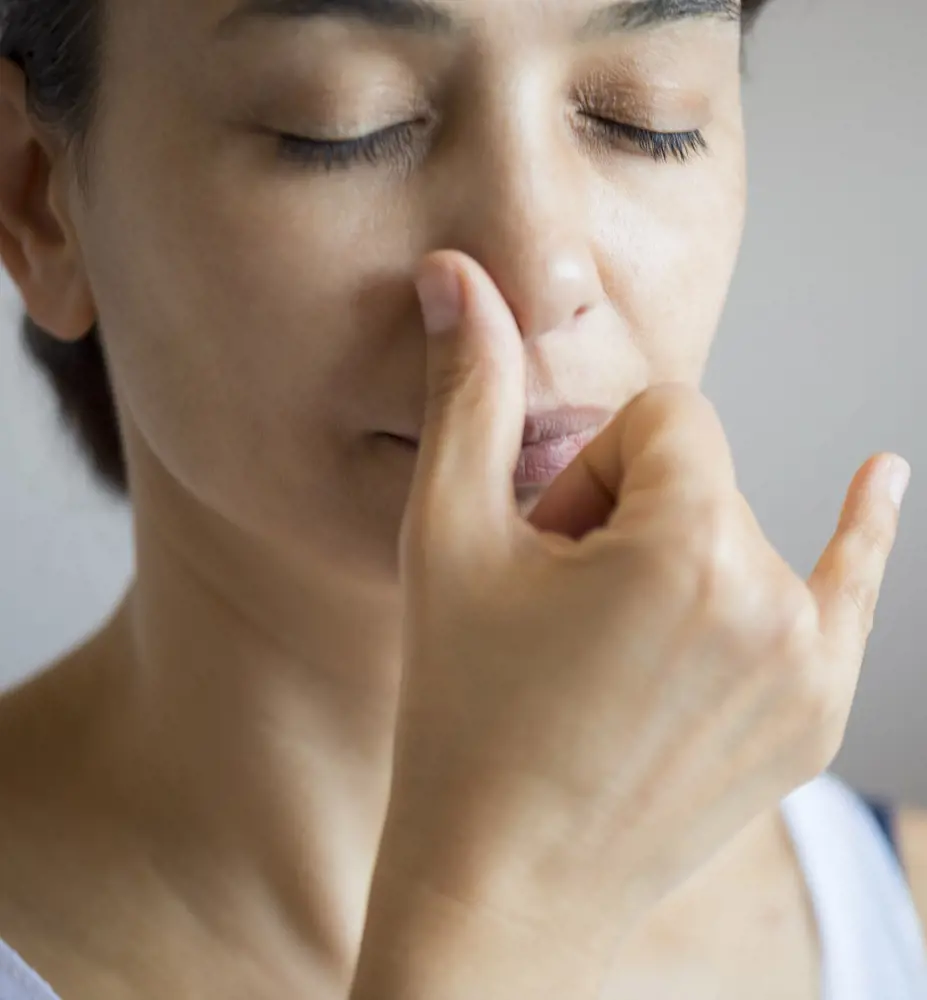
Alternate Nostril Breathing sets it apart from others on the list because unlike deep breathing or diaphragmatic breathing, this breathing type mixes breath control with nostril manipulation. The technique includes using the thumb and ring finger to close off one nostril at a time while inhaling and exhaling through the other nostril.
This alternating pattern helps balance the flow of energy and oxygen in the body. It promotes mental clarity and relaxation by activating both sides of brain.
6. Equal Breathing
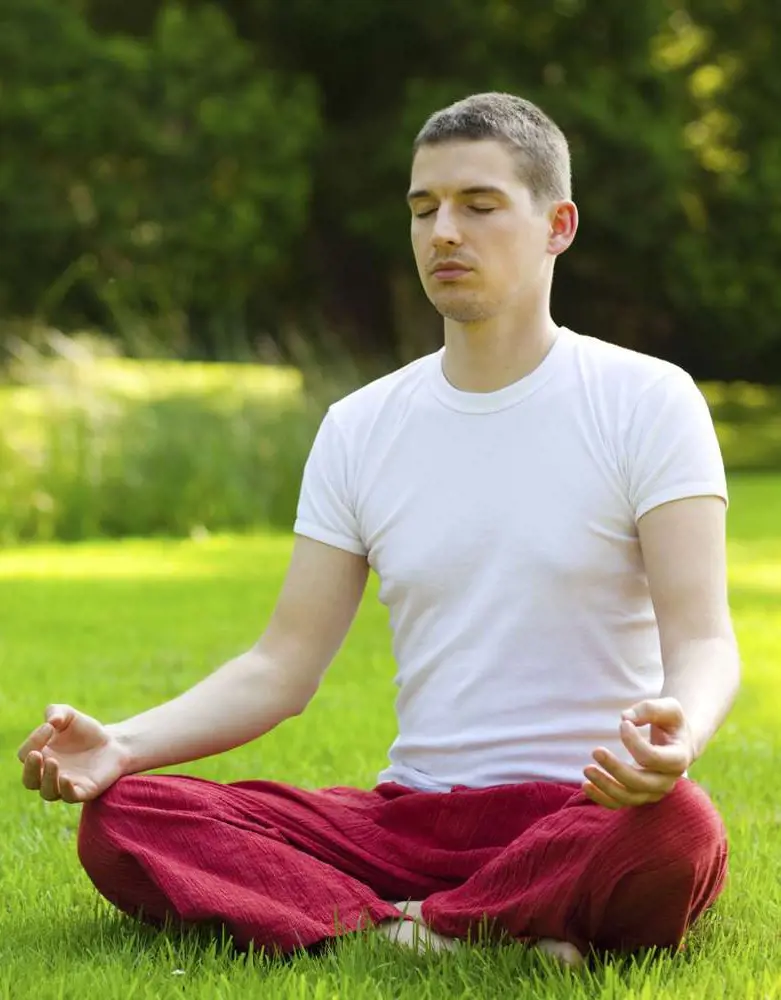
Equal breathing is a simple yet powerful breathing technique that involves inhaling and exhaling for an equal duration. Find a comfortable seated position, close your eyes, then inhale deeply through your nose for a count of four. Now, exhale through your nose for the same count and as this pattern continues.
Equal breathing helps to calm the mind and improve concentration while also enhancing the balance between the sympathetic and parasympathetic nervous systems.
7. Mindful Breathing
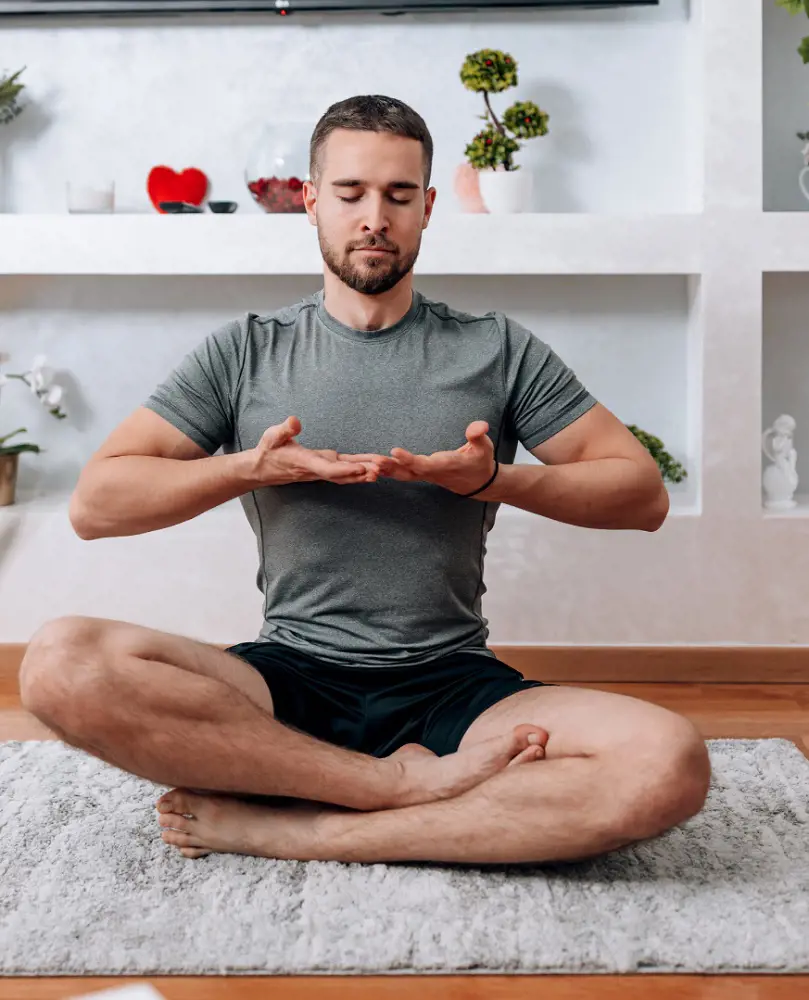
This breathing type is known for its simplicity and effectiveness since it focusing one's attention solely on the breath. It enables individuals to tune out distractions and promote a calm state of mind. This technique works by bringing awareness to present moment and engaging parasympathetic nervous system, which activates the body's relaxation response.
By consciously observing the breath, one can slow down breathing patterns, decrease heart rate, and reduce stress levels. Mindful Breathing enhances self-awareness, improves concentration and cultivates a sense of inner peace with regular practice of this technique.
8. Sighing Breath
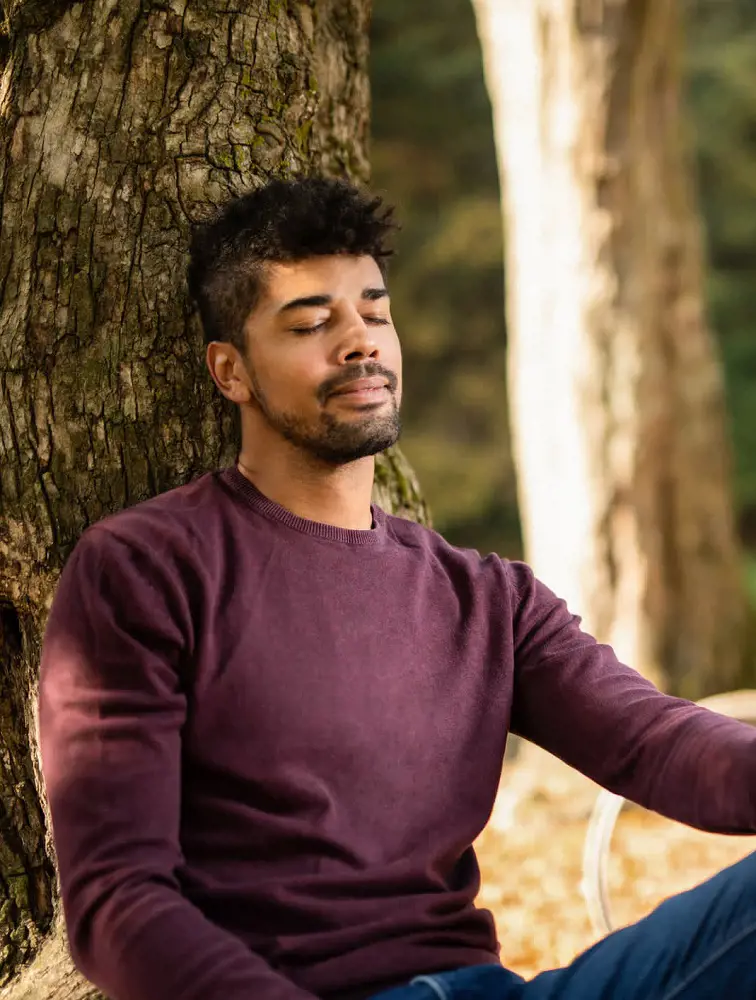
Sighing Breath is a breathing technique that involves taking a deep breath in through the nose and exhaling with a long, audible sigh, which, as a technique, focuses on releasing tension and promoting relaxation. When experiencing anxiety, our breathing often becomes shallow and rapid, leading to increased feelings of stress. So this technique interrupts this pattern by encouraging deep, diaphragmatic breathing.
This technique also helps to increase oxygen flow, which can have a positive impact on our mental state, and makes this technique, overall, a simple yet effective method for quickly alleviating anxiety.
9. Humming Breath
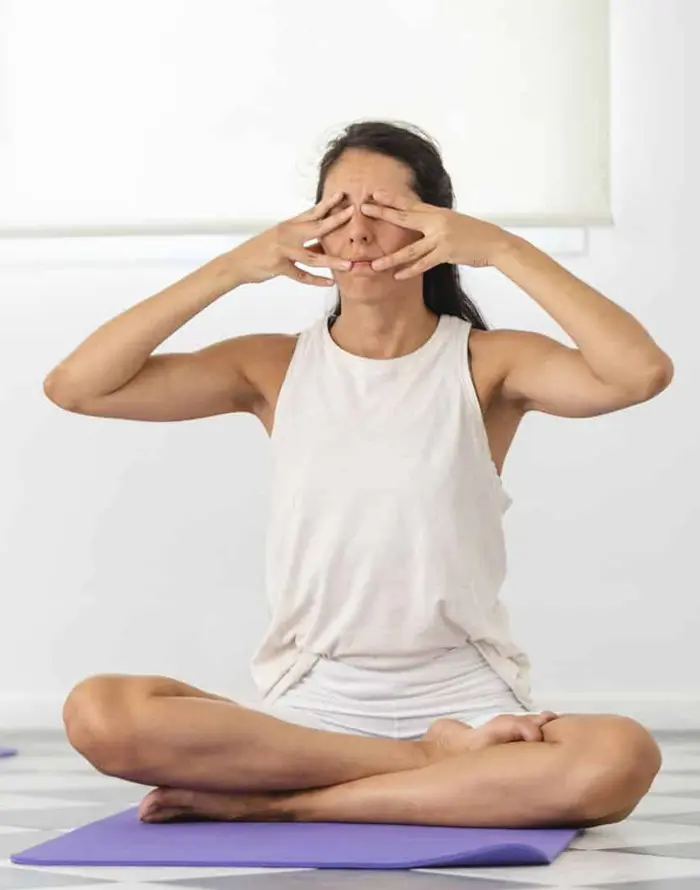
Humming Breath may seem unusual, but its effectiveness in alleviating anxiety lies in its unique approach which involves inhaling deeply and exhaling while producing a humming sound. The act of humming activates Vagus nerve, which is responsible for regulating the body's relaxation response. By stimulating this nerve, Humming Breath induces a state of calmness and tranquility, reducing anxiety levels.
Similarly, the sound vibrations created during humming help to shift the focus from intrusive thoughts and worries to the present moment. This technique also encourages deep breathing, increasing oxygen intake and promoting relaxation.
10. Resonant Breathing

This breathing technique is effective because it involves inhaling and exhaling at a specific rhythm of around five to six breaths per minute. This slow and controlled breathing pattern activates the body's relaxation response, calming the nervous system and reducing stress and anxiety.
By focusing on the breath and extending the exhalation, Resonant Breathing helps regulate heart rate variability, promoting a balanced and coherent state while also increasing oxygen exchange, and improving overall lung capacity and respiratory function.
11. Belly Breathing with Counting

Belly Breathing with Counting is a powerful technique for reducing anxiety and enhancing overall well-being because it posits that by focusing on deep inhalations and exhalations, one can activate the body's relaxation response.
This method helps to regulate the autonomic nervous system, lowering heart rate and blood pressure, and counting during each breath also allows for increased mindfulness and concentration. Furthermore, this technique not only promotes a sense of calmness and clarity, aiding in stress reduction, but also improves oxygenation and lung capacity, promoting physical and mental health.
12. Progressive Muscle Relaxation with Breathing
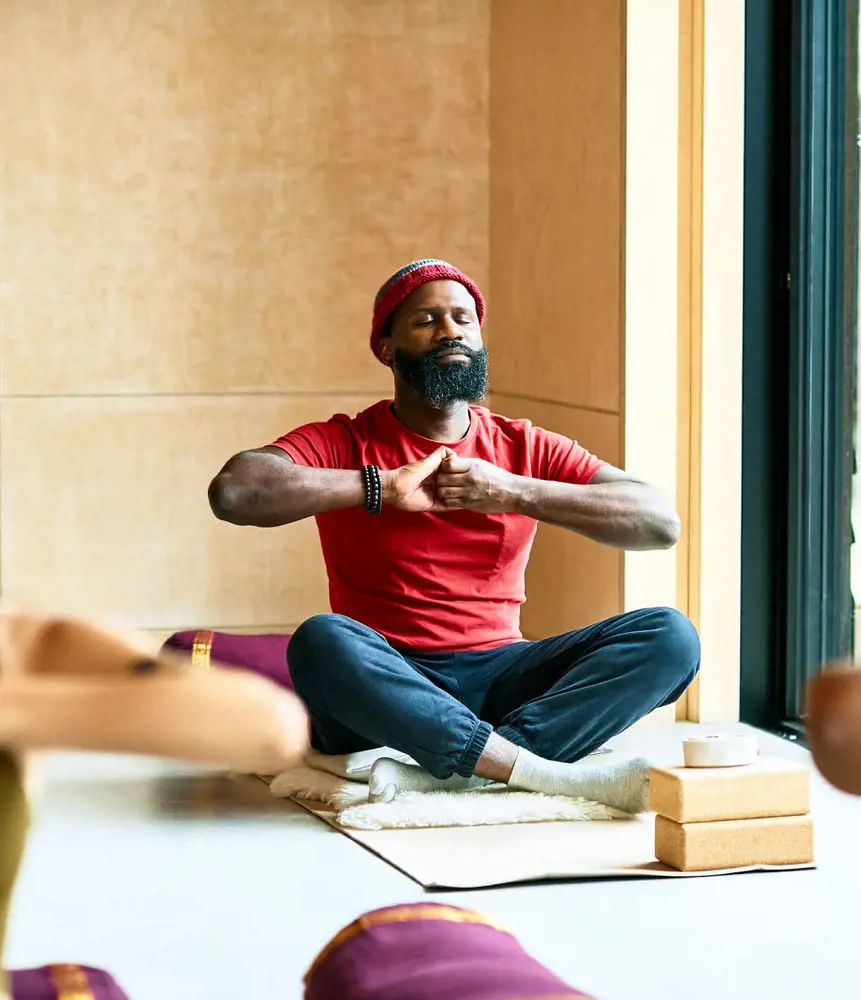
Progressive Muscle Relaxation with Breathing may have a complex name, but it is a highly effective deep breathing exercise where, by combining deep breathing with muscle relaxation techniques, it promotes a sense of calm and relaxation in the body and mind.
The tension and release of muscles help to release built-up stress and tension, while deep breathing increases oxygen flow and lowers heart rate. This combination not only reduces physical and mental stress but also improves overall well-being making.
13. Visualization Breathing
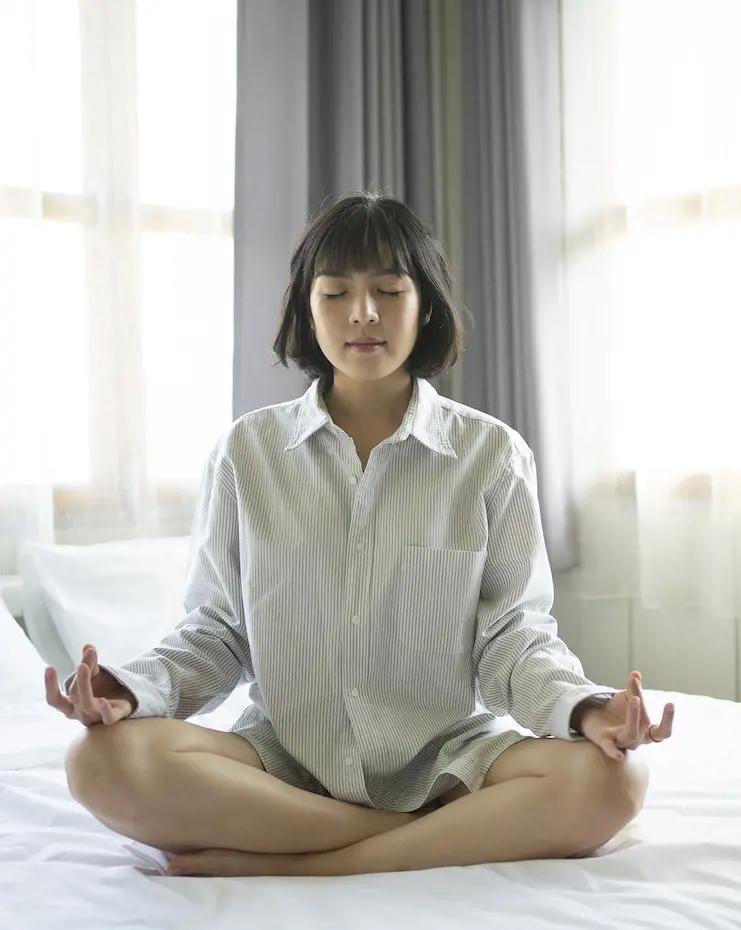
This technique is used to alleviate anxiety by combining deep breathing with visualization which involves closing your eyes and taking slow, deep breaths. You need to imagine yourself in a calm and peaceful place. You can shift your attention away from anxious thoughts and physical sensations by focusing on breath and visualizing a serene environment.
Visualization breathing promotes mindfulness, allowing you to be present in the moment and interrupt the cycle of anxious thoughts, ultimately providing relief from anxiety. This practice activates the parasympathetic nervous system and helps to slow down the heart rate.
